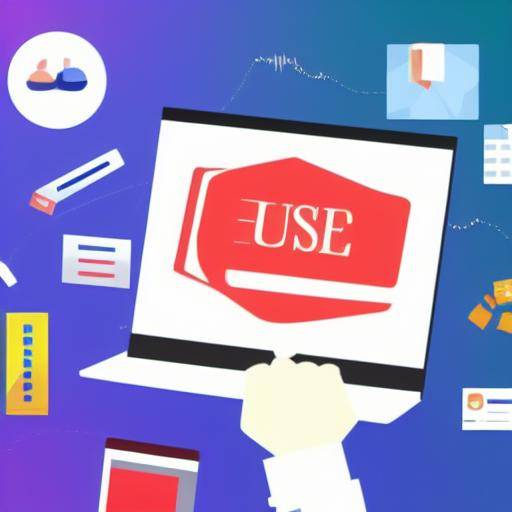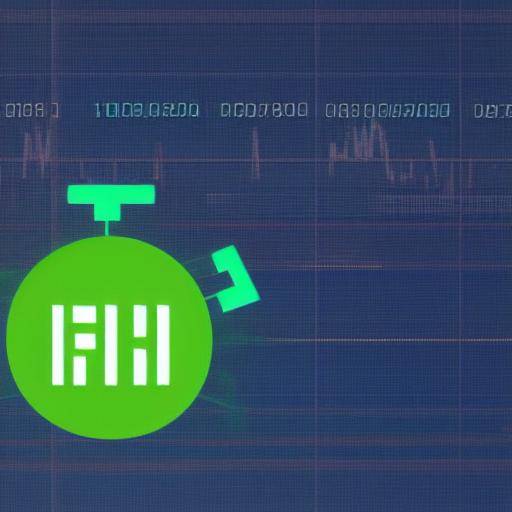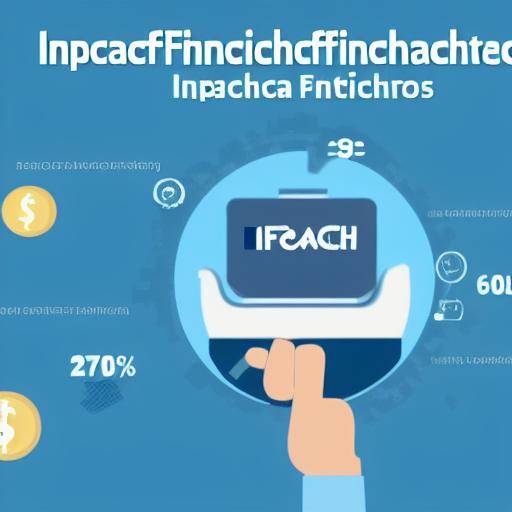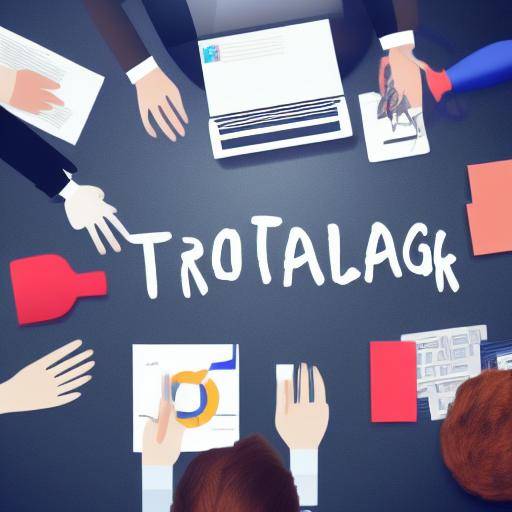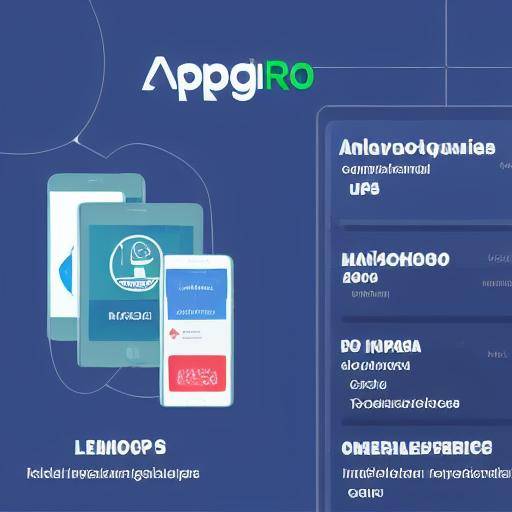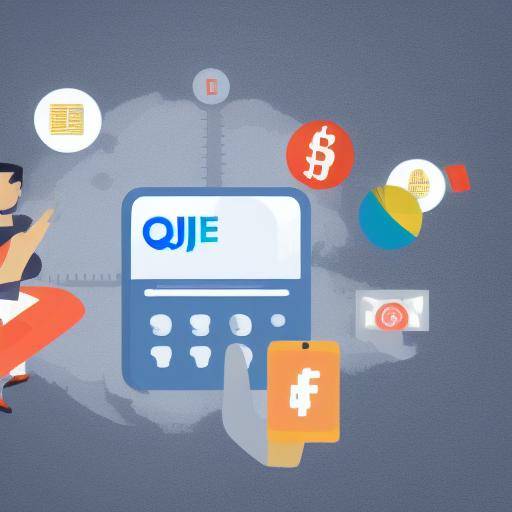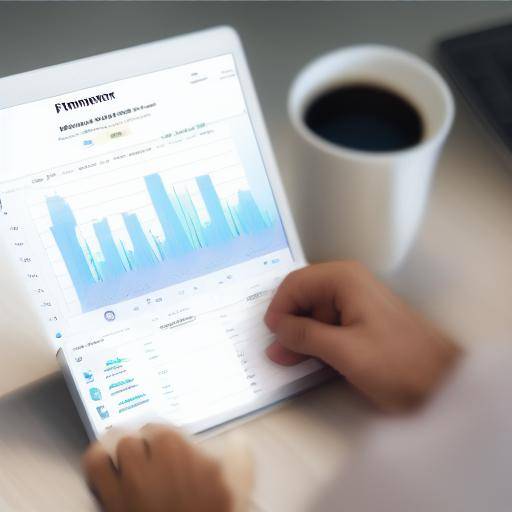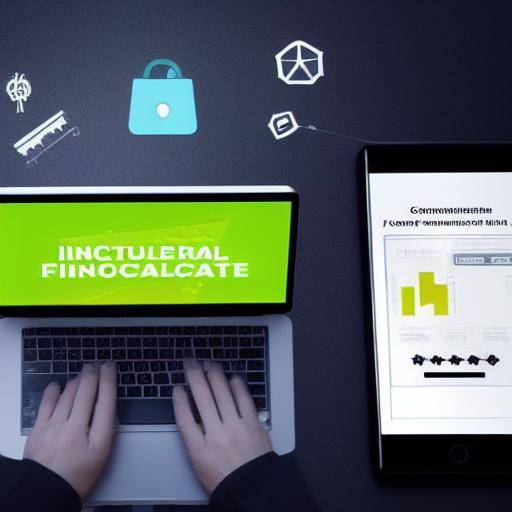
The advance of technology has transformed the way we manage our personal finances, including the payment of debts. In the current digital era, there are numerous applications designed to help people manage their debts efficiently, tracking their payments, organizing their financial obligations and optimizing their budget. In this article, we will explore how technology has revolutionized debt management, the benefits of detailed monitoring of financial obligations and how efficiency is key to achieving better financial health.
Introduction
In the modern world, the use of applications to manage debt payments has become an invaluable tool for many people. These applications offer a wide range of functions that help users maintain accurate monitoring of their debts, schedule payments, and even receive alerts about maturity. In addition, they allow users to clearly visualize their financial situation and to monitor their expenditures in detail.
In this digital era, where technology has simplified many aspects of everyday life, it is natural for people to seek digital solutions to manage their debts. Through the use of applications specifically designed for this purpose, users can gain greater control over their finances and achieve their goals more effectively.
History and Background
Debt management practices have a long historical journey that goes back to ancient civilizations. As societies evolved and developed financial institutions, the need to manage debts became more prominent. The digitization of these practices began with the development of specific software for financial management, and evolved to modern applications that offer a wide range of debt management functionalities.
Significant developments
Throughout history, debt management has experienced a number of significant advances. From the creation of the first financial management tools to the introduction of mobile applications, each phase has helped to facilitate the monitoring and management of financial obligations.
Relevant cases
A relevant case in the history of debt management is the emergence of the first software tools for financial management in the 1980s. These software enabled users to carry more detailed maintenance of their finances, including debt tracking, interest calculation, and payment programming.
Detailed Analysis
Benefits of Debt Management Applications
Applications to manage debt payments offer a number of significant benefits. These include the ability to schedule automatic payments, establish expiry reminders, and clearly visualize the overall picture of outstanding debts. These functions help users to keep up with their financial obligations and avoid fees for late payments.
Current Challenges and Trends
Despite the many benefits offered by applications to manage debt payments, challenges such as financial data security and the effectiveness of these tools are presented in different financial contexts. Current trends suggest a greater focus on customizing the functionalities of these applications to suit the individual needs of users.
Exhaustive examination
Debt Management Applications and Best Practices
Multiple applications offer various features to manage debt payments. Some focus on automatic payment programming, while others provide detailed analysis of expenditure patterns and debt consolidation options. The choice of the proper application depends on the individual needs of each user.
Expert perspectives and forecasts
Economists and finance experts predict that digital debt management will continue to gain popularity, and applications will continue to evolve to provide greater customization and predictive analysis to users.
Comparative analysis
By comparing the technology used in debt management applications, detailed monitoring of financial obligations and efficiency in debt management, it is observed that all these areas converge to provide users with greater control over their personal finances. Through technology, precise follow-up of each programmed payment is possible, which in turn contributes to more efficient debt management in general.
Practical Tips and Accessible Recommendations
When using applications to manage debt payments, it is important to establish reminders for automatic payments, periodically verify the accuracy of recorded debt balances, and consider debt consolidation to simplify payments. In addition, it is advisable to use the cost analysis functionality to identify areas of improvement in financial management.
Opinions of the Industry and Experts
Financial experts agree that digital debt management through specialized applications is a valuable tool for improving the financial health of individuals. The ability to have a clear and real-time view of outstanding debts gives users the advantage of making more informed financial decisions.
Case Studies and Practical Applications
A relevant case study is that of an individual who, through the use of an application to manage the payment of debts, managed to organize and prioritize his financial obligations, resulting in a significant decline in debt-related stress and an improvement in his credit score.
Future Trends and Predictions
Future trends suggest greater integration of artificial intelligence into debt management applications, which will allow more advanced predictive analysis and increased customization of financial recommendations. Applications are expected to provide a wider range of financial services, including long-term advice and planning.
Conclusion
In conclusion, the use of debt management applications has proven to be a powerful tool to facilitate personal financial management. Digital technologies allow detailed monitoring and efficient debt management, providing users with greater control over their finances. With the continuous evolution of these applications, we can expect greater optimization of personal finances and a reduction in the stress associated with debts.
Frequently asked questions
Are applications safe to manage debt payments?
Yes, most debt management applications use data encryption technologies to ensure the security of the user's financial information. It is important to choose trusted source applications and read the reviews before using them.
How can debt management applications help improve my credit score?
By programming automatic payments and keeping detailed debt tracking, applications can help ensure that payments are made on time, which in turn can help improve credit score.
What is the best way to use a debt management application?
The best way to use a debt management application is to accurately and regulate all debt-related data, schedule automatic payments if possible, and periodically review information to detect possible errors.
Can I rely on the financial recommendations of these applications?
The financial recommendations provided by these applications are often based on data analysis and financial patterns. It is always important to use recommendations as guidance, and in case of doubt, to seek advice from a professional in personal finance.
What is the difference between a debt management application and a budget application?
While some functionalities may overlap, debt management applications are specifically designed for debt tracking and payment, while budget applications tend to focus on overall expenditure and income planning and tracking.
Is it possible to use debt management applications in conjunction with financial advisers?
Yes, many people use debt management applications to keep a detailed record of their financial obligations, while working together with financial advisers to receive additional guidance on debt management strategies and long-term financial planning.
With these topics covered in detail, it is clear that the use of applications to manage the payment of debts offers significant advantages for those who seek to optimize their financial situation. Technology, detailed monitoring and efficiency are intertwined to provide users with greater control and transparency in debt management, contributing to stronger financial health and a reduction in personal finance-related stress.





